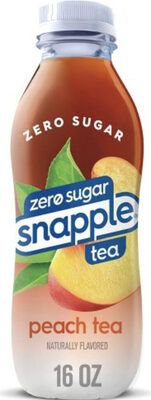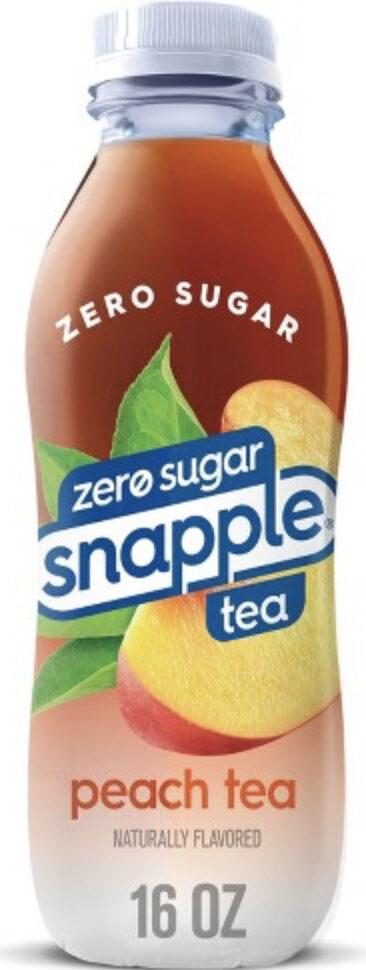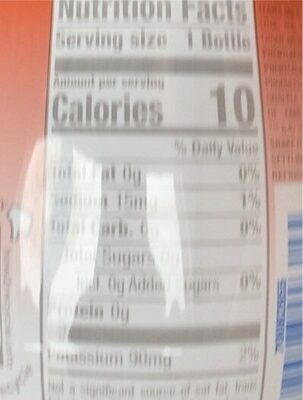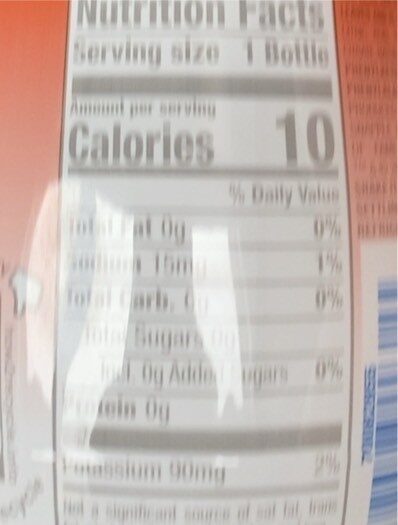Zero sugar Snapple tea - 473 ml
This product page is not complete. You can help to complete it by editing it and adding more data from the photos we have, or by taking more photos using the app for Android or iPhone/iPad. Thank you!
×
Barcode: 0076183003145 (EAN / EAN-13) 076183003145 (UPC / UPC-A)
Quantity: 473 ml
Brands: Snapple
Categories: Beverages, Non-alcoholic beverages, Tea-based beverages, Iced teas, Peach flavored iced teas
Labels, certifications, awards: No gluten
Countries where sold: France
Matching with your preferences
Environment
Carbon footprint
Packaging
Transportation
Report a problem
Data sources
Product added on by kiliweb
Last edit of product page on by roboto-app.
Product page also edited by charlesnepote, chevalstar, ecoscore-impact-estimator, inf, openfoodfacts-contributors, smoothie-app, yuka.ZC9FUUNxaGRvK1lnZ3RobTFTM2I2dEpVenFENFpFKzhDZnNOSVE9PQ, yuka.sY2b0xO6T85zoF3NwEKvlk1WCovOqCjHGDXThFSIwonTf6L0avxq-ZLYM6g, yuka.sY2b0xO6T85zoF3NwEKvlkJGVeXRhGnaNSbkpl-b-PWVNqTCePR8ybrCaas, yuka.sY2b0xO6T85zoF3NwEKvlkVoV93A_w_NO0T4nUK0-Y-iJJqwT8924Kf-NKg, yuka.sY2b0xO6T85zoF3NwEKvlkxDfuXGiDXdFDjUlWKJ6NjfLMPoTdVx5rXhOqs, yuka.sY2b0xO6T85zoF3NwEKvlm8XSN3apxL2NC3Qm0qZnMq0DLyxYYEs2K6jIas, yuka.sY2b0xO6T85zoF3NwEKvlmUXWtPFkgidLhvnxBS57e2JMaS4e_V5uZDGEqs.









